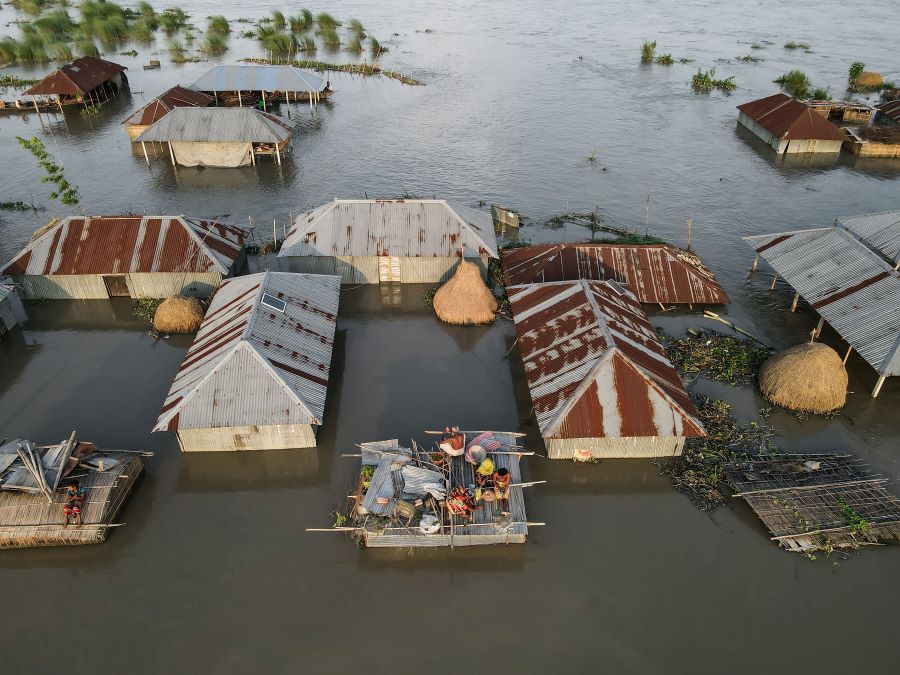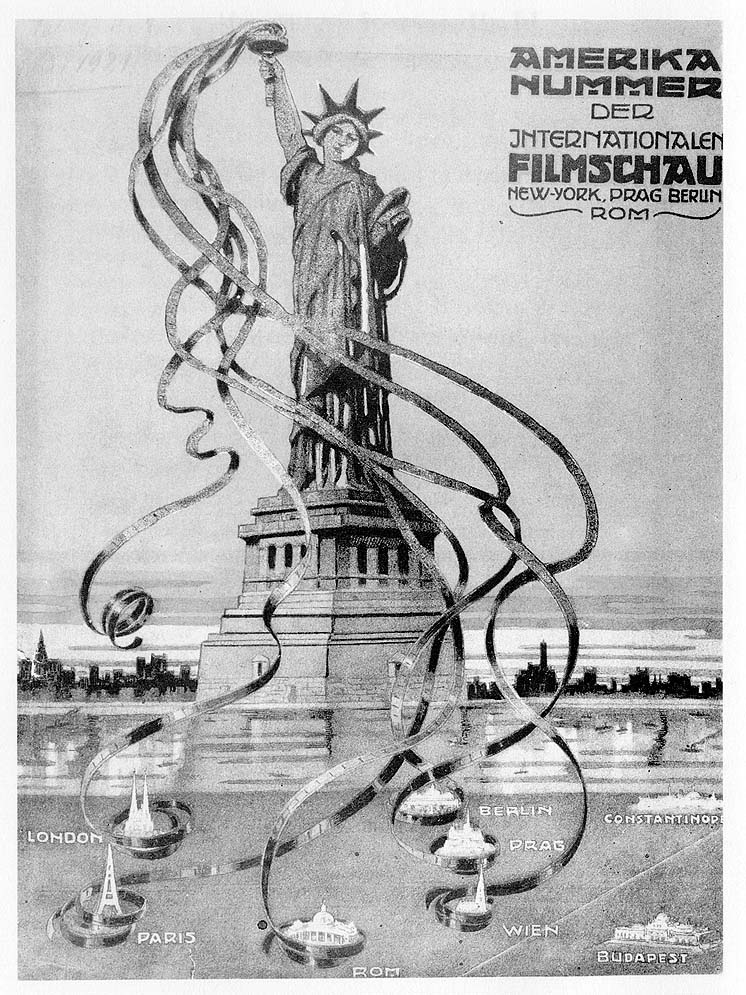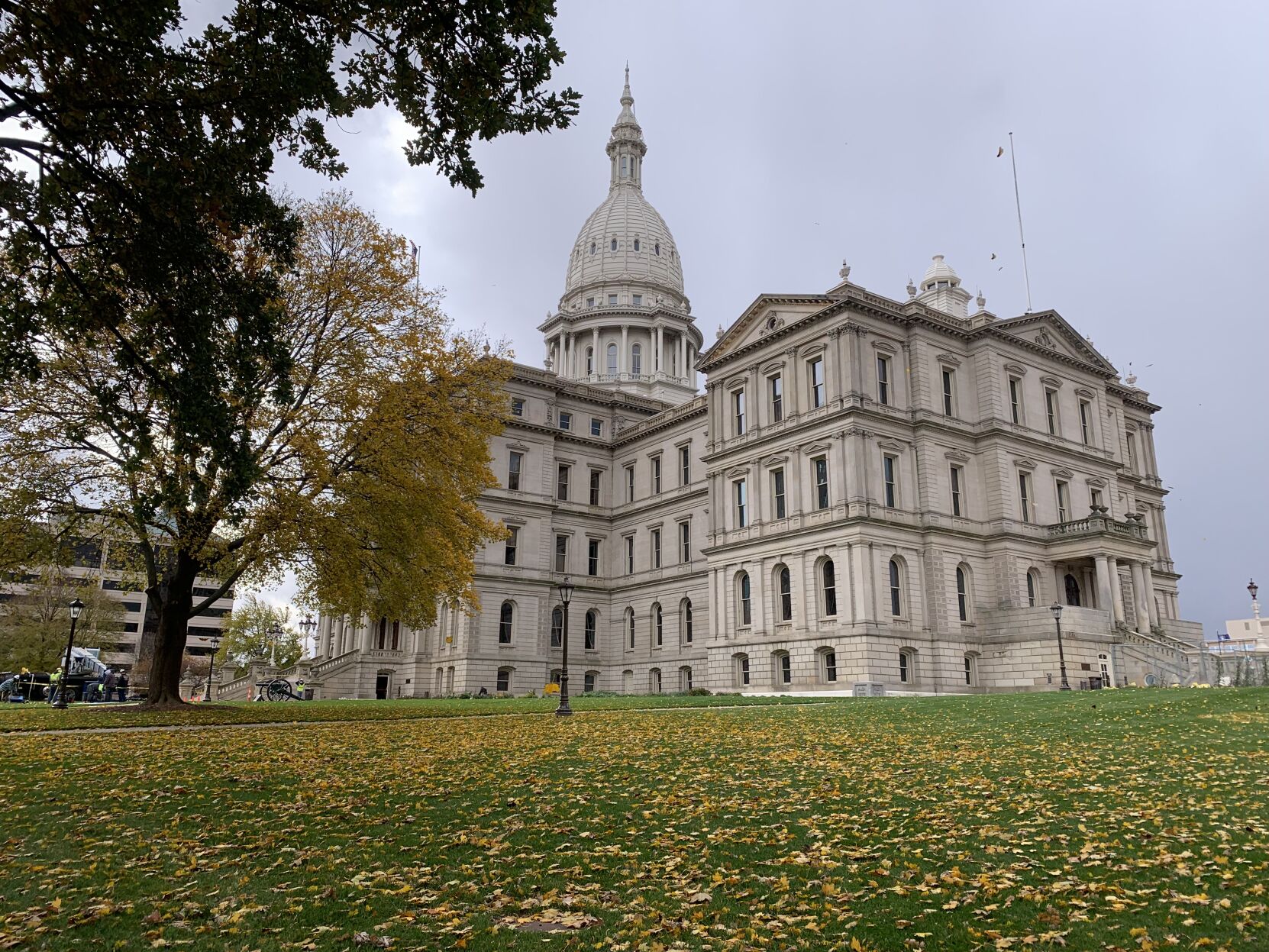Report on Individual and Community Contributions to Sustainable Development Goal 13: Climate Action
Leveraging Professional Skills for Systemic Impact
Analysis indicates that significant, unquantified contributions to climate stabilization can be made through the strategic application of professional skills. These actions support systemic shifts towards sustainability, aligning with several Sustainable Development Goals (SDGs).
- SDG 16 (Peace, Justice and Strong Institutions): Legal professionals can utilize their expertise to advance industry-wide decarbonization policies and regulations.
- SDG 12 (Responsible Consumption and Production): Creative professionals can influence cultural norms by ceasing promotional work for fossil fuel industries and championing sustainable alternatives.
Inclusive Climate Action and Role Modeling
Evidence suggests that effective climate action is not limited by income, education level, or political environment, ensuring the principle of SDG 10 (Reduced Inequalities) is upheld. “Role model actions” are identified as a key strategy for individuals to inspire broader change.
- Community Building: The primary role-model action is the creation of a “climate community.” This involves building a network within one’s personal context to discuss and engage in climate-related activities.
- Personal Action: Individuals taking tangible steps in their own lives serve as powerful inspiration for others within their communities.
Fostering Community Engagement for SDG 17: Partnerships for the Goals
The formation of climate-focused communities is a critical mechanism for achieving SDG 17 (Partnerships for the Goals) and SDG 11 (Sustainable Cities and Communities) at a grassroots level. These communities can be established in diverse social settings.
- Workplace groups
- Neighborhood associations
- Hobby-based clubs (e.g., running or knitting groups)
- Special interest forums (e.g., climate book clubs)
Overcoming Social Barriers to Accelerate Climate Action
A significant barrier to advancing SDG 13 is a social phenomenon described as a “loop of silence.” This barrier undermines collective action despite widespread private concern.
- The Perception Gap: Research shows that while majorities in many nations are worried about climate change, they incorrectly assume their peers are not. This aligns with a need for greater public awareness under SDG 4 (Quality Education).
- Inhibiting Action: This misperception discourages individuals from raising climate-related issues in professional, educational, or community settings.
- The Solution: Initiating conversations about climate change is identified as a crucial form of climate action. Such dialogue helps to correct social misperceptions, normalize concern, and shift social norms over time, thereby accelerating progress towards climate goals.
Analysis of the Article in Relation to Sustainable Development Goals
1. Which SDGs are addressed or connected to the issues highlighted in the article?
-
SDG 13: Climate Action
This is the most prominent SDG addressed. The entire article revolves around how individuals can “help shift the dial on climate” and take “climate action.” It discusses the need for bigger shifts to “stabilise the climate” and highlights that a majority of people want “stronger climate action to happen.”
-
SDG 17: Partnerships for the Goals
The article strongly emphasizes collaborative and community-based approaches. The recommendation to create a “climate community” and build a “group of people in your context… that you can actually talk about and do climate things with” directly relates to forming partnerships within civil society to achieve a common goal.
-
SDG 12: Responsible Consumption and Production
This SDG is connected through the discussion on shifting cultural norms and professional behavior. The example of a “creative to stop producing adverts for fossil fuels” is a direct call to alter production patterns and influence consumption by changing the cultural narrative around unsustainable industries.
2. What specific targets under those SDGs can be identified based on the article’s content?
-
SDG 13: Climate Action
- Target 13.3: Improve education, awareness-raising and human and institutional capacity on climate change mitigation, adaptation, impact reduction and early warning.
Explanation: The article’s core message is about breaking the “loop of silence” by having conversations about climate change. This action is described as crucial for raising awareness and shifting norms, which directly aligns with this target. The concept of being a role model to inspire others is a form of informal education and capacity building.
- Target 13.3: Improve education, awareness-raising and human and institutional capacity on climate change mitigation, adaptation, impact reduction and early warning.
-
SDG 17: Partnerships for the Goals
- Target 17.17: Encourage and promote effective public, public-private and civil society partnerships, building on the experience and resourcing strategies of partnerships.
Explanation: The article explicitly identifies the “number one action as a role model” as “creating climate community.” It suggests forming groups based on shared interests (knitting, running), workplaces, or neighborhoods. These are examples of civil society partnerships aimed at fostering collective action.
- Target 17.17: Encourage and promote effective public, public-private and civil society partnerships, building on the experience and resourcing strategies of partnerships.
-
SDG 12: Responsible Consumption and Production
- Target 12.8: By 2030, ensure that people everywhere have the relevant information and awareness for sustainable development and lifestyles in harmony with nature.
Explanation: The article highlights that people underestimate how much others care about climate change. The act of “bringing it up and having these conversations” is presented as a way to disseminate information and build collective awareness, which is essential for promoting sustainable lifestyles.
- Target 12.8: By 2030, ensure that people everywhere have the relevant information and awareness for sustainable development and lifestyles in harmony with nature.
3. Are there any indicators mentioned or implied in the article that can be used to measure progress towards the identified targets?
-
SDG 13: Climate Action
- Implied Indicator for Target 13.3: The article implies a measure related to individual and community capacity building. Progress could be measured by the number and engagement level of community-led climate groups, such as the author’s “climate book club,” or the frequency of climate-related discussions in non-traditional forums like workplaces and school meetings. This relates to Indicator 13.3.2, which tracks the strengthening of individual capacity-building.
-
SDG 17: Partnerships for the Goals
- Implied Indicator for Target 17.17: The article suggests a qualitative and quantitative measure for civil society partnerships. The formation and growth of informal groups dedicated to climate action (“a group at work, or your friends, neighbourhood”) serve as a direct, albeit non-financial, indicator of progress. This aligns with the spirit of Indicator 17.17.1, which measures commitments to civil society partnerships.
-
SDG 12: Responsible Consumption and Production
- Implied Indicator for Target 12.8: The article points to public perception and conversation as a measure of awareness. The article cites research on how many people are worried about climate change but underestimate others’ concern. A reduction in this “pluralistic ignorance” or an increase in the frequency of public and private conversations about climate change could serve as an indicator of progress towards this target, which is linked to Indicator 12.8.1 concerning education for sustainable development.
4. Summary Table of SDGs, Targets, and Indicators
| SDGs | Targets | Indicators (as implied in the article) |
|---|---|---|
| SDG 13: Climate Action | Target 13.3: Improve education, awareness-raising and human and institutional capacity on climate change mitigation, adaptation, impact reduction and early warning. | The number and engagement of community-led climate groups (e.g., “climate book club”) and the frequency of climate-related conversations in various social settings (“at work,” “school meeting”). |
| SDG 17: Partnerships for the Goals | Target 17.17: Encourage and promote effective public, public-private and civil society partnerships. | The formation and growth of informal civil society partnerships (“climate community”) based on shared interests, workplaces, or neighborhoods. |
| SDG 12: Responsible Consumption and Production | Target 12.8: Ensure that people everywhere have the relevant information and awareness for sustainable development and lifestyles. | Changes in public perception regarding collective concern for climate change and an increase in professionals using their skills to shift industries away from unsustainable practices (e.g., creatives not making ads for fossil fuels). |
Source: bbc.com







